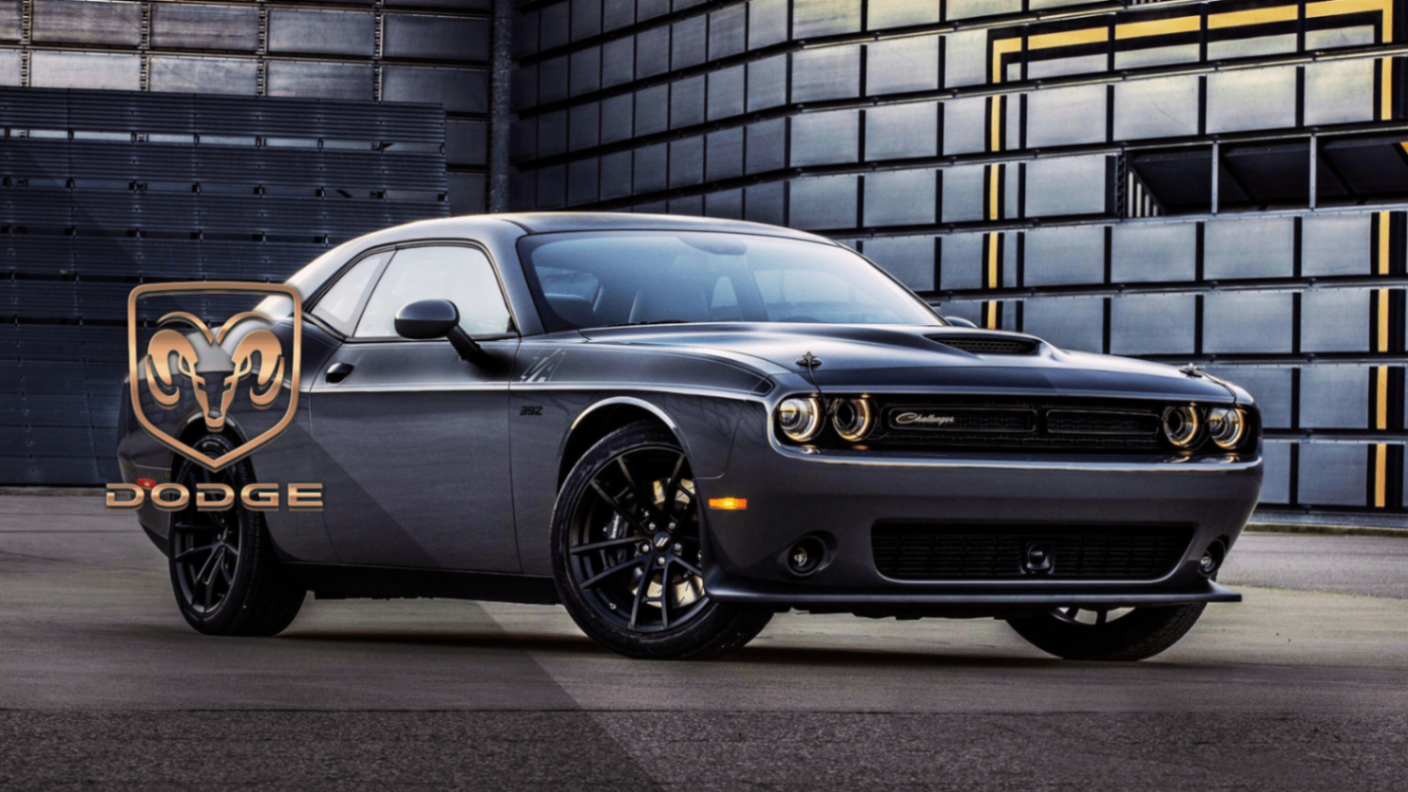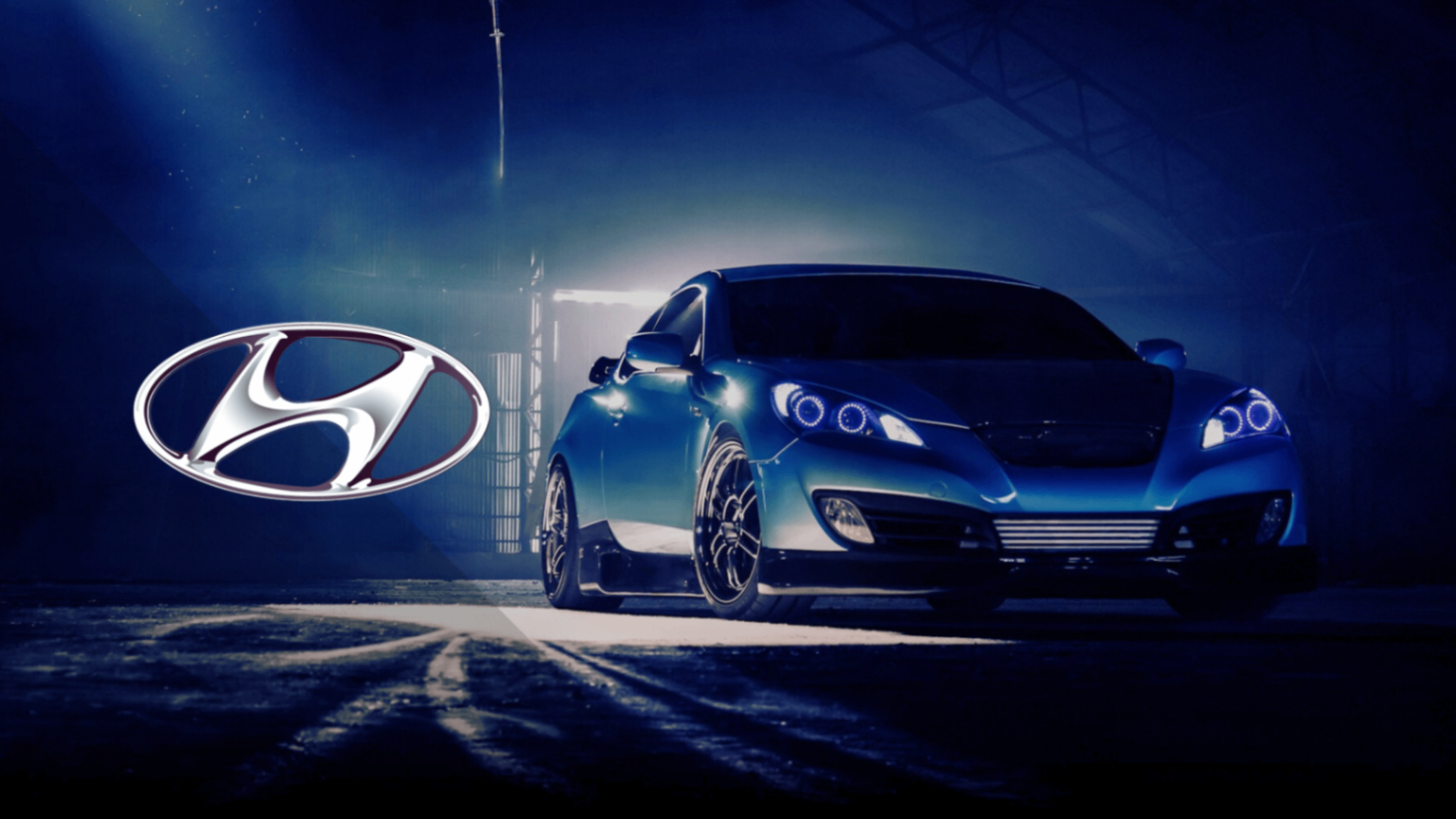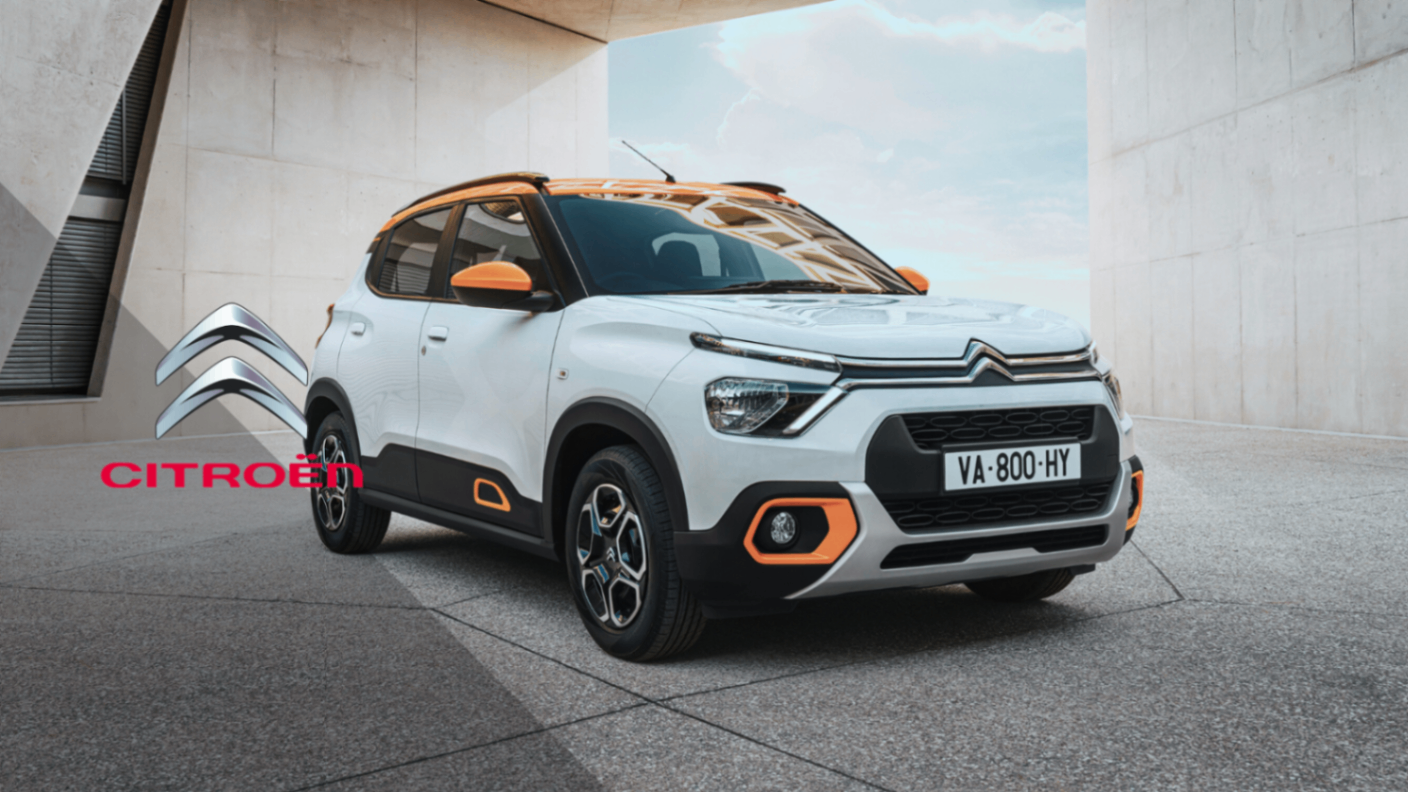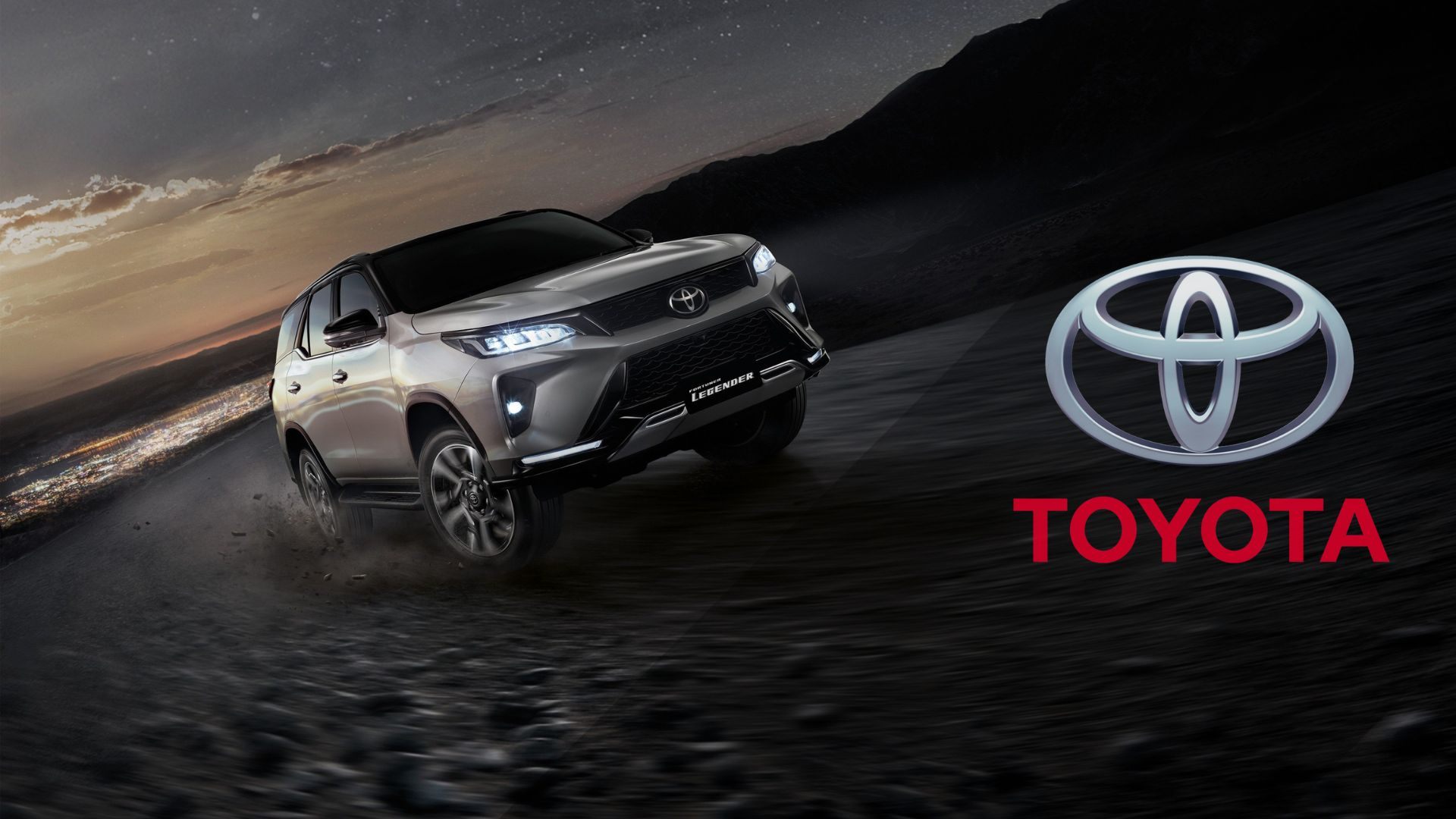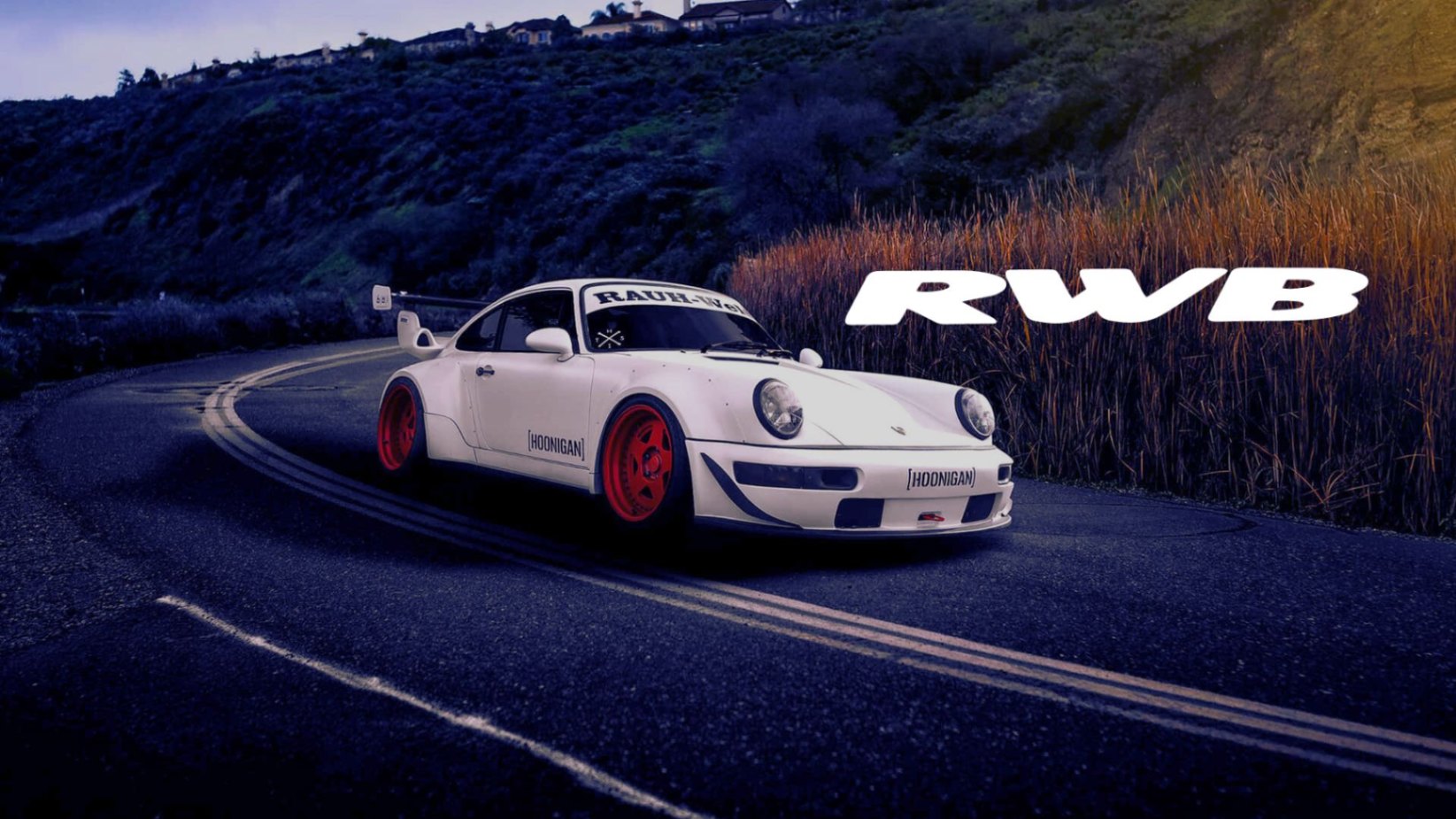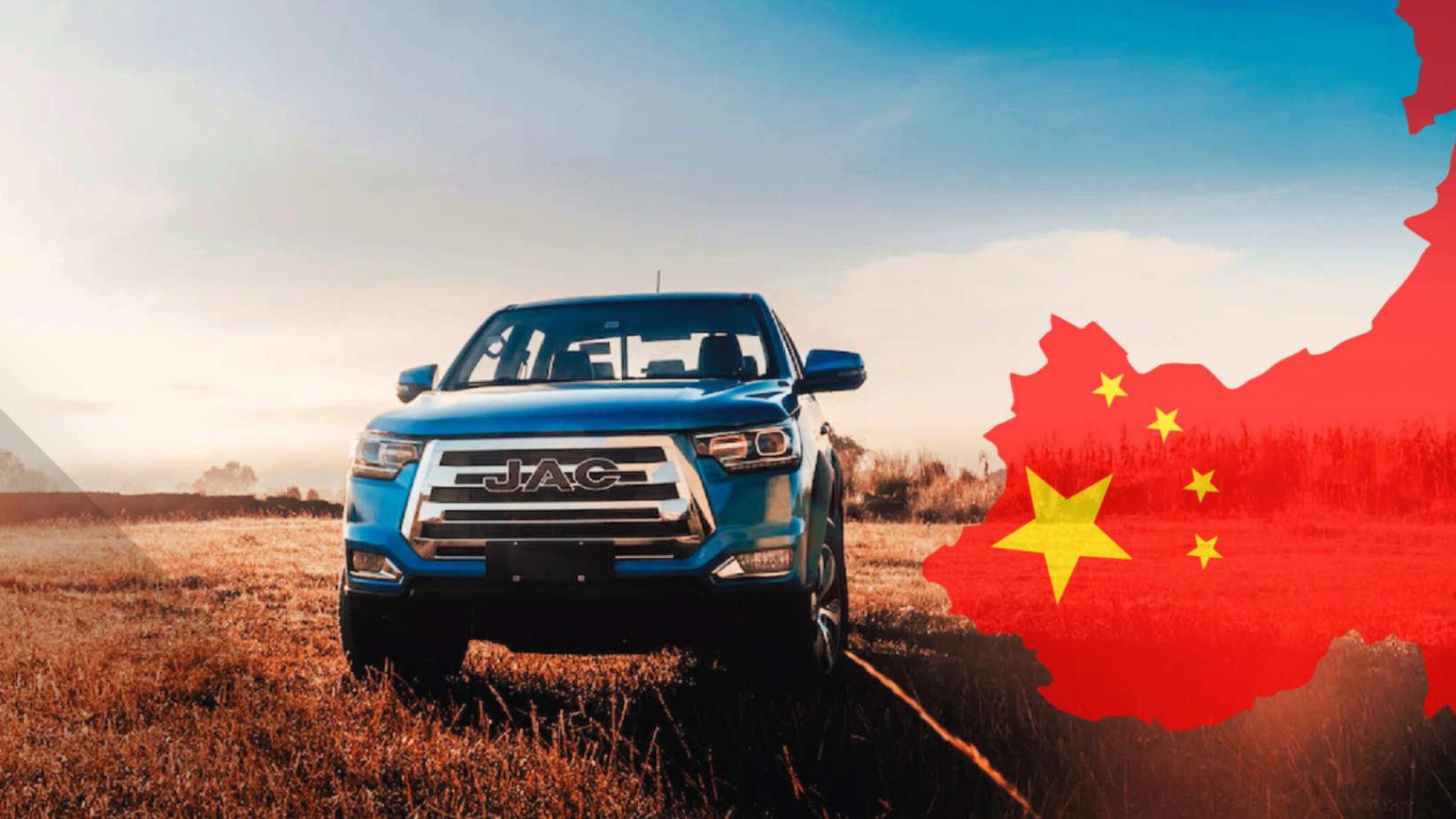
Founded by the Dodge brothers in the early 20th century, the brand quickly became a road icon, challenging industry norms and leaving its mark on American culture. Today, over 100 years later, Dodge remains a powerhouse, with its muscle cars roaring on tracks and streets. But what is it that has captured the hearts of so many motor enthusiasts?
Dodge's First Steps: The Beginning of a Legend
The Dodge story begins in the early 20th century with brothers John and Horace Dodge, who founded the company in 1900. Initially, they focused on manufacturing parts for other automakers, becoming known for the high quality of their components. Their skill and precision in crafting critical parts, such as engines and transmissions, earned them an enviable reputation within the industry.
However, the Dodge brothers were not content to be mere suppliers. In 1914, they took a bold step and launched their own vehicle: the Dodge Model 30. This model was revolutionary in several ways. Not only did it feature a sturdy four-cylinder, 35-horsepower engine, but it also incorporated innovations like a full 12-volt electrical system, which was unusual for the time.
The Dodge Model 30 not only helped establish the brand's reputation as a builder of robust and reliable automobiles but also introduced standards of quality and durability that surpassed many of its competitors. Its steel body, rather than wood, offered superior strength and safety, quickly capturing the attention of consumers and critics alike.
See also: Hated farm work, created Ford | The Ford Story
From the beginning, the Dodge brothers demonstrated an entrepreneurial and innovative spirit that set the brand apart. They didn't just follow market trends; they created them. Their focus on quality and durability quickly earned them the trust of consumers, laying the foundation for an automotive legend. The vision and ingenuity of John and Horace Dodge not only gave birth to a brand but also established a legacy of excellence that continues today.
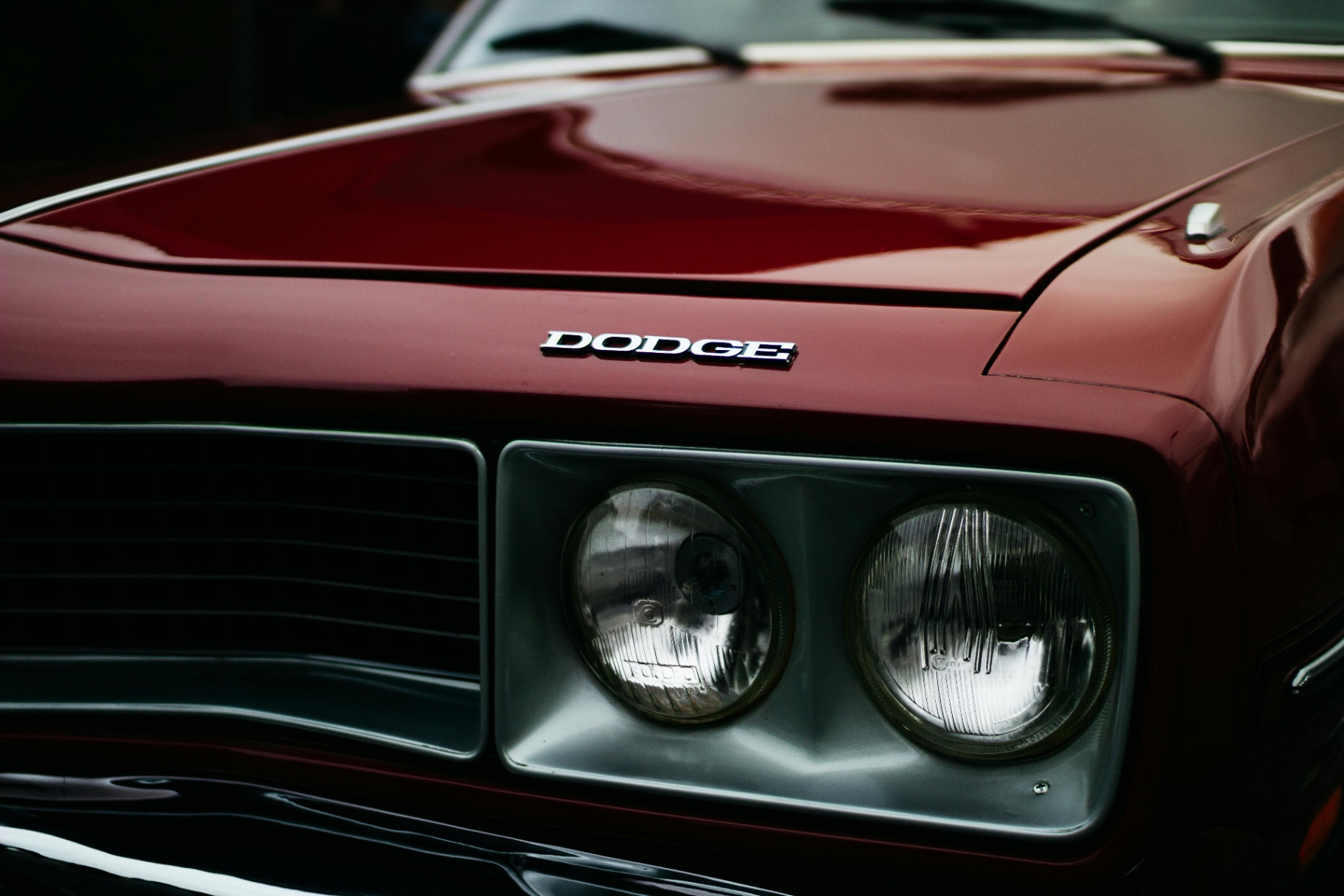
Dodge in World War II: From Cars to War Machines
During World War II, Dodge played a crucial role in the war effort by producing a variety of military vehicles. These included trucks, ambulances, and jeeps, which were essential in various theaters of operation.
You might also be interested in: The Other Side of Porsche: Cars and Weapons in Nazi Germany
One of the most iconic vehicles was the Dodge WC series, a line of light tactical trucks used for everything from transporting troops to evacuating the wounded. These trucks were known for their ability to traverse difficult terrain and their reliability in extreme conditions. Additionally, Dodge produced the famous 3/4-ton truck, which became an essential pillar for the armed forces due to its versatility and robustness.
Dodge ambulances also played a vital role in the war, enabling the rapid and safe evacuation of wounded soldiers from the front lines to field hospitals. Equipped with reinforced suspension and powerful engines, these ambulances could operate in adverse conditions, ensuring that the wounded received medical attention as quickly as possible.
Jeeps produced by Dodge, such as the WC-52, were equally crucial. These vehicles were small, agile, and extremely tough, ideal for reconnaissance and transportation in combat zones. Their compact design and ability to move quickly over varied terrain made them indispensable in the daily operations of Allied troops.
Dodge's contribution to the war effort not only solidified its reputation for durability and power but also demonstrated the brand's ability to adapt to the most demanding requirements. These military vehicles became synonymous with toughness and reliability, characteristics that continue to define the brand today. Furthermore, the experience gained during this period allowed Dodge to innovate and continuously improve its vehicles, laying the foundation for future developments in automotive engineering and further strengthening its position in the global market.
Check this out: Bombs Couldn't Stop Him | The Incredible Story of Honda
The Birth of the Muscle Car: Dodge Redefines Power
The 1960s saw the rise of muscle cars, and Dodge positioned itself as a leader in this trend with iconic models like the Dodge Charger and Dodge Challenger. These vehicles combined aggressive design with high-performance engines, redefining what power meant in the automotive industry.
The Dodge Charger, with its distinctive grille and aerodynamic lines, quickly became an emblem of strength and speed. Equipped with V8 engines that roared like lions, the Charger not only offered an exhilarating driving experience but also set a new standard for design and aesthetics. Its appearance in films and TV shows of the time, such as the famous series "The Dukes of Hazzard," cemented its status as a cultural icon.
On the other hand, the Dodge Challenger, launched in 1970, took the muscle car concept to new heights. With its more compact body and even more powerful engine options, including the legendary 426 cubic-inch HEMI V8, the Challenger offered an irresistible combination of style and performance. Its ability to accelerate from 0 to 60 mph in seconds made it a favorite among speed enthusiasts and quarter-mile racers.
The impact of these models was immense, not only in terms of sales but also in American automotive culture. Dodge muscle cars became symbols of freedom and rebellion, capturing the imagination of car enthusiasts across the country. The power under the hood, combined with bold and aggressive design, embodied a spirit of independence and defiance of established norms. Young people of the time saw them as an extension of their own personality, a means to express their desire for adventure and their rejection of conformity.
Additionally, street racing and drag racing events became stages where Dodge muscle cars demonstrated their superiority. Their victories in these events not only strengthened their reputation but also created a passionate community of followers who revered each new model with almost religious fervor. The rivalry with other brands, such as Ford and Chevrolet, only increased the appeal of the Charger and Challenger, as each race and each new release were opportunities to prove who truly ruled the road.
You might also be interested in: The Chevrolet Story: The Legend Behind the Wheel
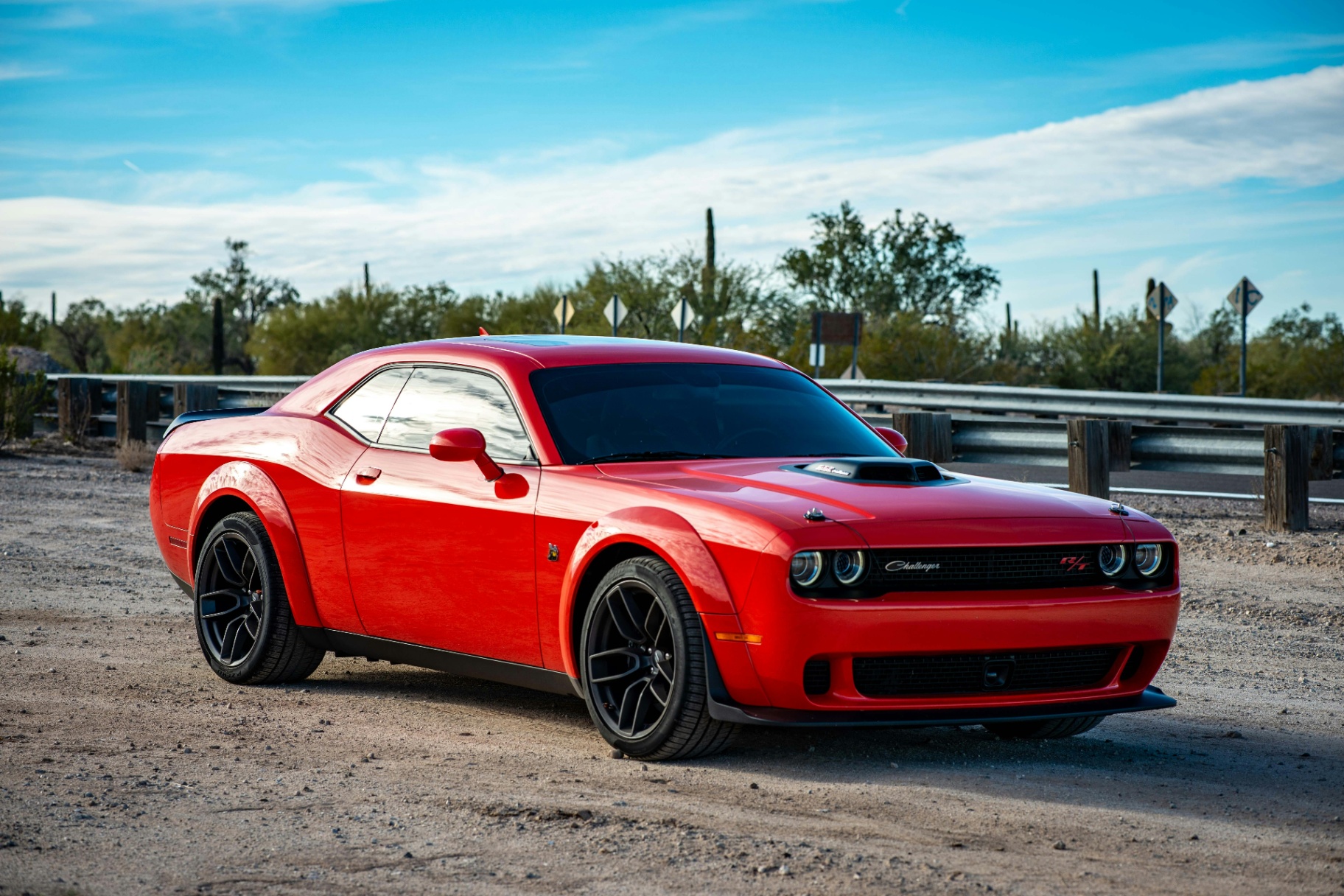
Dodge vs. The Competition: Outpacing Rivals on the Road
Dodge faced fierce competition during the muscle car era, especially from iconic brands like Ford and Chevrolet. On-road battles between these automotive giants became legendary, with each brand striving to outpace the others in terms of performance and design. Ford, with its Mustang, and Chevrolet, with its Camaro, presented constant challenges that forced Dodge to stay at the forefront of automotive innovation and design.
Races were the battlefield where these rivalries intensified. Drag strips and racetracks became stages where each manufacturer sought to prove the superiority of their vehicles. Dodge, with its Charger and Challenger, not only competed but often dominated, thanks to its powerful engines and superior engineering. Victories in key events not only strengthened Dodge's reputation but also created a loyal and passionate fan base that celebrated each triumph as their own.
Beyond racing, competition also manifested in design and technology. Every new model launched by Dodge was a statement of intent, a demonstration that the brand could not only match its rivals but surpass them. Innovations in aerodynamics, the incorporation of new materials, and the continuous improvement of engines were strategies that Dodge employed to stay one step ahead.
Despite intense competition, Dodge maintained its reputation thanks to key victories and highlights in automotive history. One unforgettable moment was the participation of Dodge muscle cars in films and popular culture, which not only increased their visibility but also solidified their status as icons of an era. The appearance of the Dodge Charger in "Bullitt" and "The Dukes of Hazzard" are just a few examples of how these vehicles captured the public's imagination and became symbols of power and rebellion.
The brand knew how to innovate and evolve, securing its place as an industry leader. It wasn't just about building fast cars; it was about creating machines that resonated with the spirit of freedom and adventure that characterized muscle cars. Dodge understood that each vehicle had to be an extension of the driver, a tool to push boundaries and live life to the fullest.

The Evolution of Dodge: Adapting Without Losing Its Soul
Over the years, Dodge has successfully adapted to new technological trends and regulations without losing its rebellious spirit. The brand has launched models that capture the power and speed it has always been known for, while also integrating modern innovations.
In the contemporary era, Dodge has embraced hybrid and electric technology, without compromising the performance its fans expect. Models like the Dodge Durango SRT Hellcat and the Dodge Charger SRT Hellcat Redeye are clear examples of how the brand fuses the brutality of its engines with the latest technologies in driver assistance systems, infotainment, and fuel efficiency. These vehicles not only offer impressive power but also come equipped with advanced safety features and state-of-the-art connectivity, proving that it is possible to be modern without losing one's essence.
Additionally, Dodge has been a pioneer in the use of lightweight and aerodynamic materials to improve performance and fuel efficiency, without sacrificing the robustness that has always defined its vehicles. The incorporation of carbon fiber and aluminum has allowed the brand to maintain its commitment to speed and agility, while reducing its environmental impact.
Today, Dodge models continue to be synonymous with extreme performance and bold design. The brand has managed to stay relevant in an ever-changing market, attracting a new generation of automotive enthusiasts. Events and fan communities dedicated to Dodge continue to grow, thanks to initiatives such as factory open houses and brand-sponsored drag racing events. These efforts not only strengthen the loyalty of its followers but also introduce young people to Dodge's rich heritage and indomitable spirit.
In summary, Dodge's ability to innovate, adapt, and stay true to its essence has secured its place in the pantheon of the world's most iconic automotive brands. The combination of tradition and modernity in each of its models ensures that, regardless of changes in the industry, the roar of a Dodge engine will always be a symbol of power, freedom, and rebellion.

